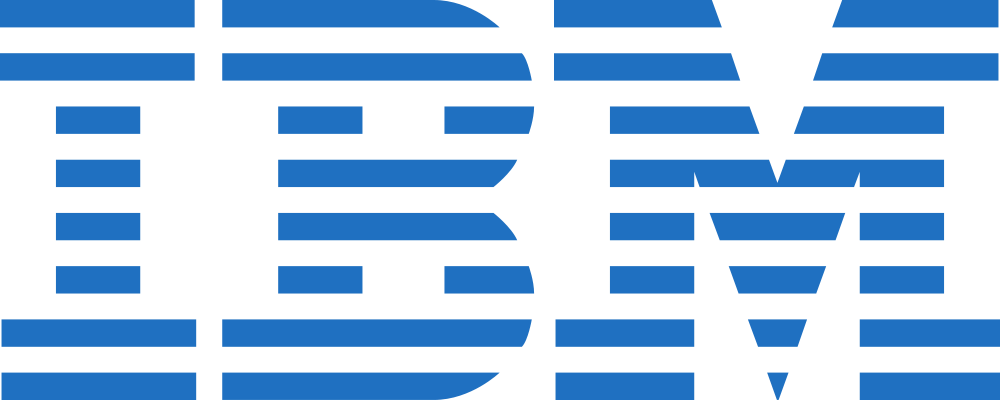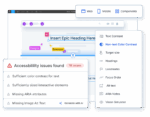
Today, IBM began a new push to make applications accessible to users with disabilities. The company announced that is has made two accessibility projects available under open-source licenses. These projects are designed to help developers determine if their applications support the needs of those with limited mobility or vision.
The two new projects are AccProbe and Va11yS. AccProbe is a standalone Eclipse RCP application designed to help developers test and debug accessible applications.
The project provides access to the Microsoft Active Accessibility and IAccessible2 APIs. These APIs were created by Microsoft and the Linux Foundation, respectively, to give developers better APIs for describing and interpreting objects and events for the disabled.
(Related: Fighting for fair representation in the open-source community)
Va11yS, on the other hand, is a collection of sample code—also known as the Verified Accessibility Samples. These code samples are not only useful for creating accessible applications for the disabled, however; they can also be used to compensate for environmental and physical conditions that can affect the user.
Situations like driving, where the user’s eyes cannot be involved in the mobile application at all. Users in a crowded, noisy space can be helped by the patterns designed to enable the hard of hearing, while users in a bright outdoor space could benefit from high-contrast UI patterns that would also be useful for the vision impaired.
Maureen Kraft, transformation lead for IBM Accessibility, wrote in a blog post that much of the work around accessibility at IBM has been focusing on allowing developers to bring such capabilities into the workflow and testing processes.
“With open source, IBM wants to ensure that accessible technology is not only easier to use, but is more available to designers and developers,” she wrote. “This allows us to alleviate any roadblocks during the agile development process, especially with those who are less familiar with accessibility.
“We look forward to 2017 to continue collaborations with the open tooling and accessibility standards community to provide a consistent, testable and repeatable interpretation of web accessibility requirements. These efforts will lead to a more accessible web experience for all.”






